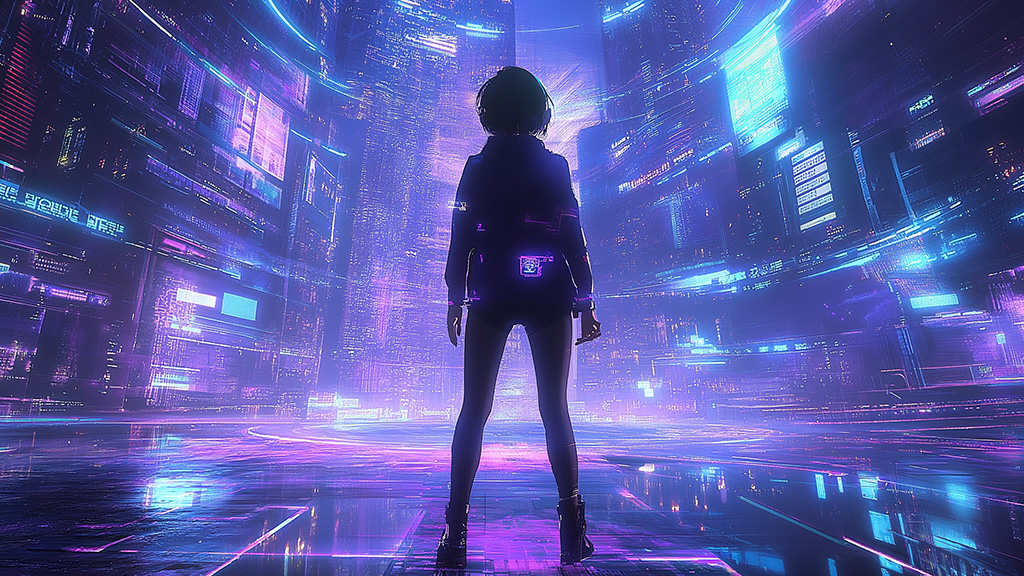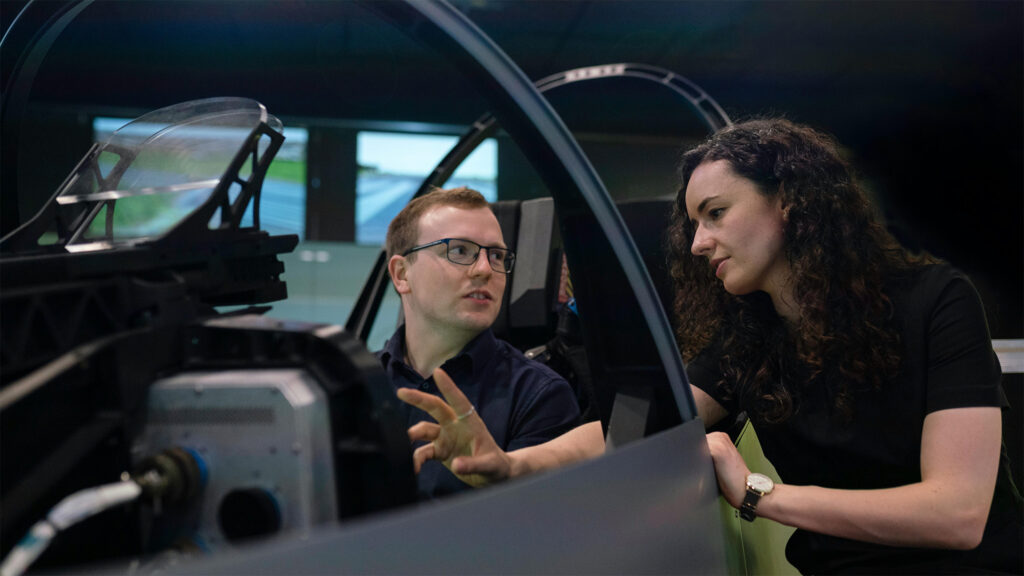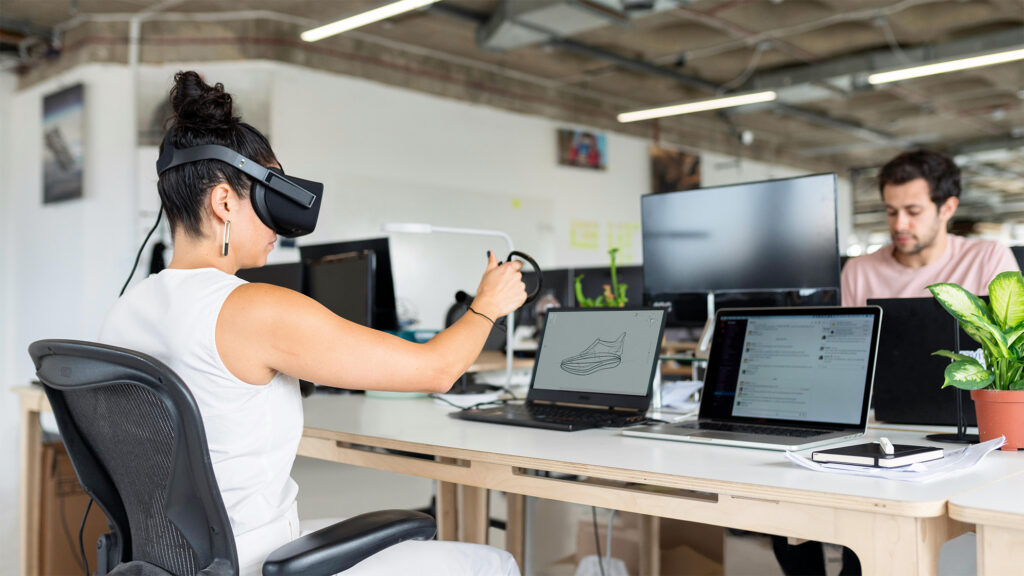Address
Studio 03
SUM Studios
1 Hartley Street
Sheffield
S2 3AQ
[email protected]
0114 399 1023

Virtual Reality (VR) is changing how we experience and interact with the world. From entertainment to business, VR technology allows us to immerse ourselves in 3D environments like never before. Scene3D specialises in bringing spaces to life with advanced VR and 3D scanning services. But not all VR is the same. So, let’s explore the different types of VR and how they might be relevant to your needs.
Non-immersive VR provides a virtual experience where users maintain full awareness of their surroundings and control over their physical environment. For instance, this could be like playing a video game on your computer or exploring a 3D model on a desktop screen. Users interact with the virtual world through traditional input devices like keyboards, mice, or controllers, but their real-world environment remains visible and present.
Semi-immersive VR enhances the sense of immersion by using larger screens or panoramic displays to make users feel like they are entering a virtual space. Although this setup doesn’t fully transport users into the virtual environment as headsets do, it creates a more engrossing experience. Flight simulators and virtual training programs are great examples of semi-immersive VR, where the user is still partially connected to their real-world environment but can engage deeply with the virtual world displayed.

Fully immersive VR represents the most advanced form of virtual reality, where users are completely absorbed into the virtual world. Using headsets that cover the eyes and ears, this technology blocks out the real world and replaces it with a fully interactive 3D environment. With controllers or body-tracking systems, users can move, touch, and interact with objects in the virtual space, making them feel as if they are physically present in another reality. This type of VR is typically associated with gaming, training simulations, and advanced virtual experiences.
Augmented Reality overlays virtual objects or information onto the real world. Instead of transporting users into a virtual world, AR enhances their physical environment by adding digital elements to what they see through devices like smartphones, tablets, or AR glasses. Common examples of AR include apps that allow users to see virtual furniture in their homes or popular social media filters that add animated effects to their photos and videos. AR is widely used for interactive experiences in retail, education, and entertainment industries.
Collaborative VR is an innovative form of virtual reality that allows multiple users to share and interact with the same virtual environment, even in different physical locations. This type of VR is highly beneficial for teamwork, as it enables real-time remote collaboration, whether for design projects, educational workshops, or business meetings. In collaborative VR, users can communicate, manipulate objects, and solve problems in a shared virtual space, fostering a sense of presence and teamwork across distances.

VR comes in many forms, each with its own set of benefits. At Scene3D, we focus on providing virtual experiences through our professional virtual tours services that make it easier for clients to visualise, explore, and collaborate on projects without ever leaving their homes or offices. Whether you want to showcase a property, plan a renovation, or improve project collaboration, our 3D virtual tours can bring your vision to life.